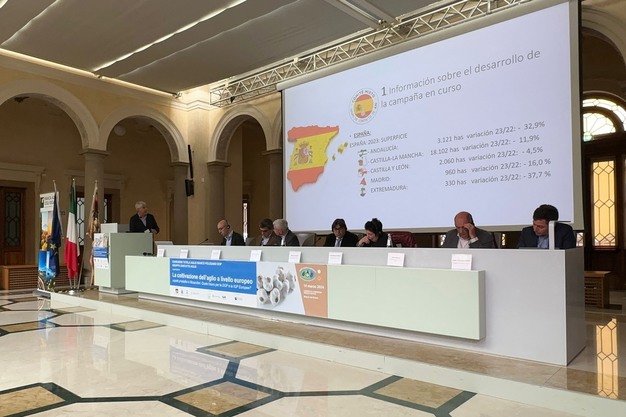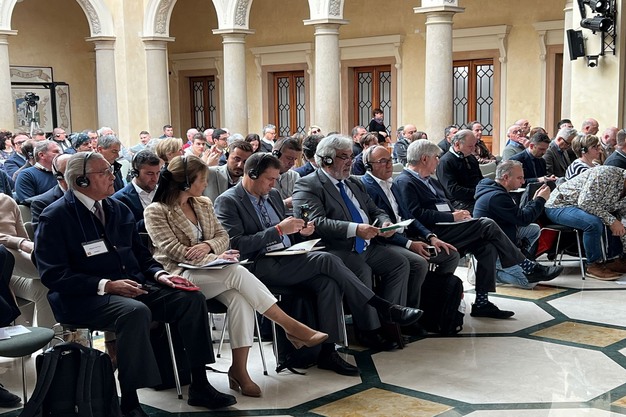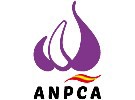The Garlic Contact Group, formed by sector leaders from France, Italy and Spain, along with their respective administrations, convened a few days ago in Rovigo, Italy, and has greenlighted a proposal from the National Association of Garlic Producers and Marketers (ANPCA) and FEPEX for the authorization of phytosanitary products to be carried out by zones, rather than by member states, to ensure a greater availability of these products.

Following a thorough comparative analysis of the availability of phytosanitary products for garlic cultivation across different countries, and in light of the scarcity of phytosanitary products for cultivation tasks and the challenges in approving new products, the ANPCA and FEPEX have proposed that the authorization of new products be carried out on a zonal basis, rather than per member state.
This means that when a product is authorized, for example, in Spain, it will automatically be authorized in all countries within the southern zone. Currently, three zones have been established in regulation 1107/2009 on the marketing of phytosanitary products: Zone A, which corresponds to northern countries, such as Denmark, Sweden or Finland; Zone B for central European countries like Belgium, Germany, the Netherlands or Austria; and Zone C, featuring southern countries, such as Spain, France, Greece and Italy.
The representatives from France and Italy have positively welcomed the proposal, so the agreement will be forwarded to the plenary session of the Joint Committee for approval and then passed on to the competent administrations.

The contact group also reviewed forecasts for this year's campaign, which, as FreshPlaza previously reported, point to a significant reduction in the acreage in Spain, of between 15 and 20%; from 24,876 hectares in 2023 to 20,926 hectares this year.
Castile-La Mancha, the leading garlic producer in Spain, will reduce its acreage by 14%, down to a total of 15,535 hectares. Andalusia, second with 2,410 hectares, will see a 23% reduction, and Castile-Leon, with 1,944 hectares reports a 23.5% drop.
Italy and France, unlike Spain, won't see declines in the acreage, according to the sector representatives participating in the contact group. France will continue to have 4,400 hectares, and Italy, 3,400 hectares.
 For more information:
For more information:
FEPEX
www.fepex.es

ANPCA
www.anpca.es
